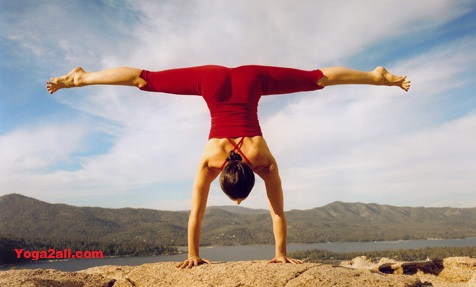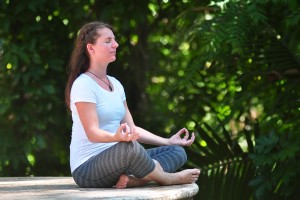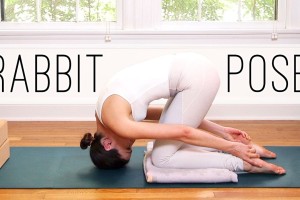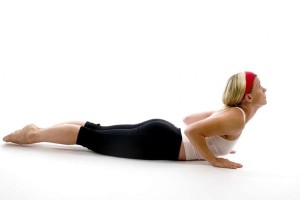
Forrest Yoga is a modern yoga style based on Hatha yoga. It is known for its long holding of positions, emphasis on abdominal core work, and standing series that can go on for twenty poses on each side”. Reputed for its intensity, the style emphasizes connecting to one’s feelings in order to work through physical and emotional trauma.
Forrest Yoga classes are conducted in a warm room and begin with pranayama, then move through seated poses and abs before arriving on to the “hot part” of the class that might involve sun salutations, standing poses, inversions, backbends and other asanas that build up to a number of more challenging “apex” poses. The “contemplative, intensive poses are sustained, some for 10 deep breaths, other for minutes at a time”. The overall emphasis of Forrest Yoga is on breath work and core strengthening.
Benefits of Forrest yoga are many.
- Stress Relief, Emotional Healing and Well-Being, Relief of Muscular
Tension, Strengthen Core Muscles, Detoxification. - To practice of this yoga one need to do through practice, where some movement need to do with utmost care.
Benefits of Forrest Yoga for Active Hands and Feet:
For Active Hands, spread hand bones wide and extend finger bones fully to benefit arms, wrists and hands. For Active Feet, press through heels and balls of feet and lift toes to help strengthen the lower half of the body.
- Tuck Tailbone: Turn on gluts in order to lengthen tailbone downward. Takes pressure off of lower back.
- Telescope Ribs: Place hands on lower part of rib cage and inhale to lift ribcage away from belly. Helps to create space in back and in soft organs as well as increasing breath capacity.
- Expand Ribs: Place hands on sides of ribs and inhale so that the ribs move like an accordion—outward on inhale and inward on exhale. Enhances breath capacity.
- Wrap Shoulders: Move shoulder blades around toward armpits. Ensures shoulder girdle involvement and in poses using arms, creates muscle awareness in upper back and shoulders, conditions that part of your body.
- Relax Neck: Gently relax ear toward shoulder and keep neck relaxed during other poses. Opens up muscles that are typically tense and engaged.
- Deep breathing: Provides more aliveness to the entire body.






